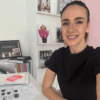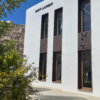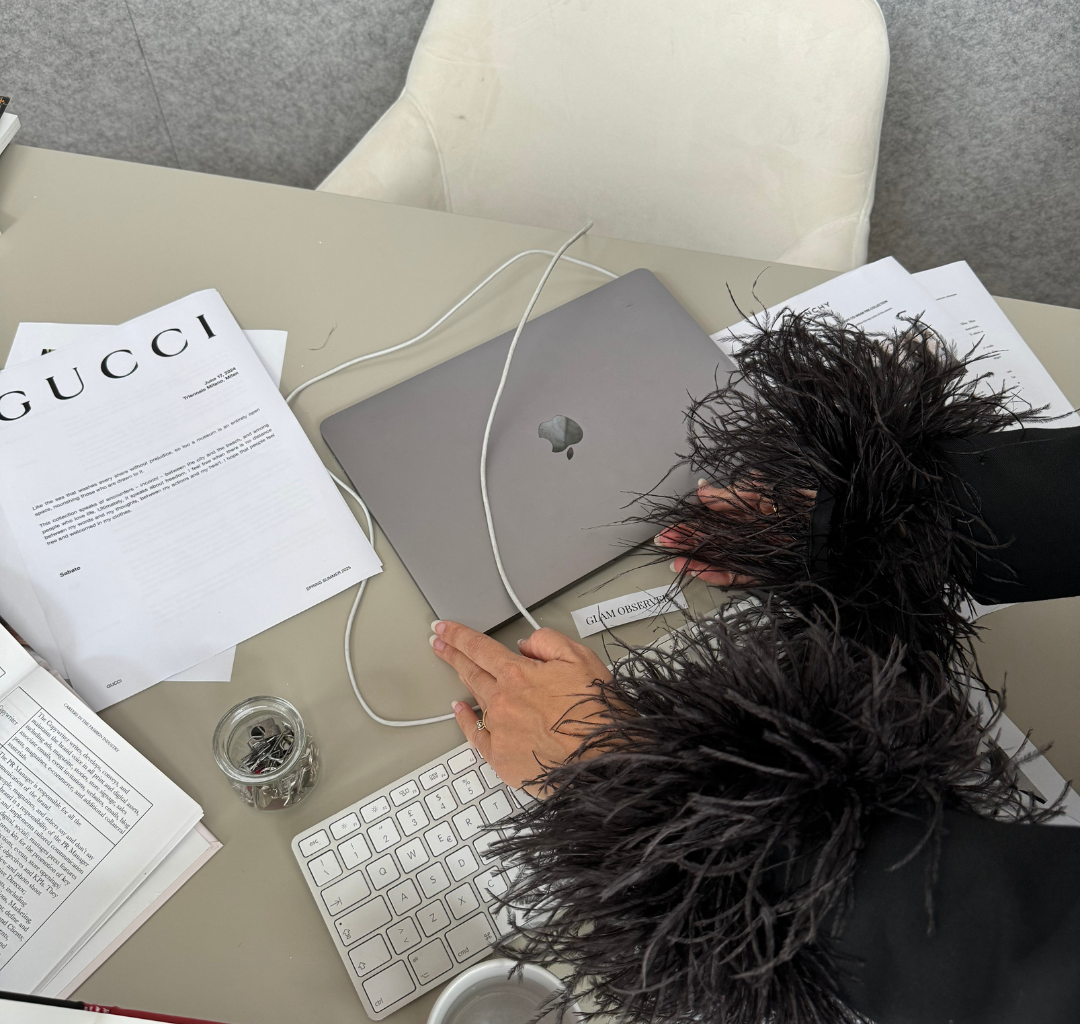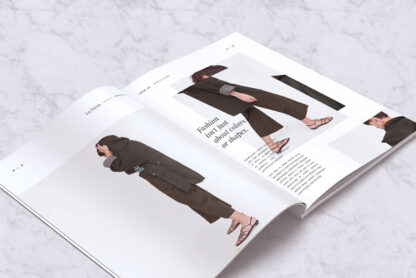Organization is one of the most important skills to work in fashion. It’s the basis of every job well executed and is all about making the most of your time. Organizational skills also demonstrate responsibility and guarantee trust from your boss and the whole team. So whatever career you seek for in fashion, being super organized is important.
When I landed my first fashion internship in e-commerce at Alexander McQueen, staying organized is what helped me set the tone for my days at work. This quality not only benefited myself because I could be more productive. However, it also benefited my supervisor and the entire team because I was able to get things done quickly and efficiently. Now, as the CEO of Glam Observer, organizational skills also help me to get through my days more smoothly.
Organizational skills are indeed important to have no matter your role and career stage. You might think it’s mostly a must-have for senior roles who have a lot of responsibilities, but it’s not true. Actually, fashion interns and assistants especially need strong organizational skills because their job is to support someone else’s work. They spend most of their time in a magazine’s cupboard, packing and unpacking clothes, organizing contact databases, and so on.
If you don’t want to leave your office at 9pm every day, then mastering your organizational skills will definetely help with this.
I want to help you become better at your job. So in this article, I want to share a few tips on how to stay organized at your fashion office. It includes first weeks to maintaining the perfect routine and organization on a regular basis.
How staying organized impacts your career and promotion
Organizational skills are not just nice to have for personal satisfaction. These skills significantly impact your career and your evolution within the fashion company.
First, organization impacts your deliverables and results, and helps to prioritize tasks and meet deadlines. Your performance can also impact the entire team and overall company’s progress. Remember that, as an intern or assistant, you will be supporting their work.
Second, organizational skills can save you an unnecessary amount of stress you could get if you don’t find an important file. It could save you if you forget to do a task or spend 15 minutes searching for a document.
In addition, it boosts productivity, keeps you more focused, and increases your confidence and gives a feeling of accomplishment.
Finally, being organized makes you more independent, so you can get things done without always seeking for help. This is one of the main things can lead to promotion. For example, at the end of my internship at AMQ, I was offered a full-time job in Milan and London offices.
How to stay organized at the fashion office
Being organized is important from the day you enter the company’s building for the first time. It helps maintain a good routine weeks and months after.
Take a notebook (especially at a new job)
When you are in your new job or internship, everything is new. So, you have to get familiar with the office, the people, your workspace, etc. Luckily, you are usually never alone in this. Your supervisor or boss will do a quick training to introduce you to the company and everything that’s needed for your role. In this article, you can read about everything to expect on the first days at a fashion company, but now, let’s focus on organization.
The point is, during the introduction phase, you will be exposed to a lot of information: names of your colleagues, procedures, and systems. So my first advice is: write everything down. Take your notebook and bring it everywhere with you. When I arrived at Alexander McQueen, I wrote an entire notebook of notes which was super helpful.
You should write the names of your colleagues and what they do. Also, write down login credentials, folder paths, your typical to-do list, tools and programs you’ll be using, etc.
Take notes even if you have a good memory.
There will be some things for sure that will skip your mind. Remember, the human brain can remember only a fraction of information at a time. See, you don’t want to go ask your boss again for something they explained already. It’s not well seen and is usually one of the first things that can create a bad impression about the new hired person.
In addition, as I said in the beginning, taking notes can also impact your team. It can even impact the person who replaces you. When I left Alexander McQueen to fully dedicate myself to Glam Observer, I left my notebook to the new girl who replaced me. She said it was gold to her. This way I saved some precious time to my boss and team who didn’t have to train somebody again. Also, she didn’t have to take notes because everything was already written.
To sum up, writing everything down when you arrive at your job is a small detail. However, it can make a difference in your efficiency and the perception of others about you.
Your training will probably last 1-2 weeks, which means you’ll likely have breaks in between when your boss has to do something else. My advice is to use this time to organize your notes and practice what you learned.
If you have any questions (and you probably will, which is totally normal,) ask them during the training and note down the answers. As I said before, you don’t want to let a few weeks or even a day pass to then ask a question about a thing which you were already supposed to start or be operational at.
After your training is complete, take immediate ownership of your responsibilities and tasks. Start doing your job without waiting for your boss or someone else to tell you what to do. Your goal is to become independent and make yourself indispensable – especially if you are an intern and you want to turn it into a full-time job.
How to maintain your workspace always organized
After a few weeks at your new fashion office, you will get familiar with your tasks and create your own routine to organize yourself in the best possible way.
It’s important to find an organizational system that works best for you, as each job in fashion is different and requires a different routine. A day in the life of a fashion PR, designer, and buyer is not the same. However, there are 2 things which I recommend to everyone no matter their position.
Get a planner
You cannot stay organized unless you write things down aka the list of your activities for the day. For whatever job you get, I suggest getting a planner – even if you do the same tasks every single day and you know exactly what to do, or your job is organizing the agenda of someone else.
Plus I have to admit – ticking off things from the list is fun! It gives a feeling of accomplishment and satisfaction, and incentivizes you to keep up with the good work.
I recommend using two separate planners: a daily one to plan your to-do list for the day, and a monthly one to have an overview of the entire month.
Digital or paper planner – it’s up to you. You can also use both.You can also create your planners in Excel. Yes, it’s nice not just for formulas but also for organizing your work 😉
Adopt a 30-minute routine
One of the best strategies to keep yourself organized and calm is arriving at the office 30 minutes earlier. Or if you work remotely, when you are ready at your desk 30 minutes before your work day begins.
I personally used the 30-minute routine as an intern at Alexander McQueen. I arrived 30 min earlier at the office to enjoy my coffee. Also, I read the latest fashion news and write down my to-do list for the day. Half an hour is not a lot. However, you can get a lot of things done and enjoy some peace and quiet before your boss and colleagues arrive.
This will save you so much stress compared to showing up at the very last minute and being bombarded with team conversations, meetings, and questions. Plus, arriving early will impress your boss if you arrive before them. Also, it can help you have everything in place to kick off your day.
I know that the 30-minute routine might seem like overwork, but it’s not. It will actually allow you to finish all your tasks planned for the day on time – or even earlier. By taking just 30 minutes to organize your day, you will work more efficiently and leave the office stress-free (or less stressful.)
You can also organize the next day at the end of your work day. You shouldn’t leave your desk anyway straight at 6 p.m (or whenever you are supposed to finish). So, you can use this extra time to clean your desk, organize your files, etc.
Create a Digital Filing System for Easy Reference
Fashion offices are often full of digital assets: images, campaign drafts, lookbooks, and samples. Establish a clear and concise digital filing system on your computer or cloud storage to streamline access to these files. Create folders labeled by project, season, or brand. Then, stick to a consistent naming convention that makes files easy to find, like “SS24_Campaign” or “Lookbook_Jan.” Use Google Drive or Dropbox for shared files that multiple team members may need to access. It ensures that everything is stored and named systematically.
Keeping Track of Samples and Documents
Your research, analysis, samples can easily get lost along the way. It’s important to keep any document organized. Let’s say for example that you’re coordinating a photoshoot or managing samples for press. You need to consider creating an Excel sheet that lists all items, their status, location, and return dates. Label samples clearly and organize them by category, such as “Ready-to-Wear,” “Accessories,” or “Footwear,” to prevent items from getting misplaced. Make it a habit to check your inventory at the beginning and end of each week. This ensures everything is accounted for.
Use Time Blocks
Something I’ve been experimenting lately especially now that I have a daughter and staying organized is essential to get the million things done, is time blocking. Setting time blocks is a highly effective way to stay organized and productive in a fashion office. It helps in a working environment where priorities often shift quickly, and various tasks compete for attention. Switching from one task to another and then coming back to that task isn’t ideal. It takes time to refocus and get into the mindset for a new activity.
Task-switching can lead to unnecessary time loss. On average, switching between tasks can waste up to 23 minutes as the brain adjusts to a new activity. This phenomenon, known as “attention residue,” occurs because part of the brain remains focused on the previous task. As a result, it delays full engagement with the new one. Over the course of a day, frequent task-switching can add up, significantly impacting productivity. That’s why I recommend trying with time blocking.
Time blocking is the practice of allocating specific chunks of time to focus on particular tasks or projects. It helps reduce distractions and enhancing focus. See for example from 9-10am you’ll be focused on deep creative work where you are working on either mood board creation, trend research, or design sketching. From 10-12 you are focused on writing a new fashion article or analyzing the weekly sales (depending on your role).
Time block your entire day.
I start by making a list of things I have to get done that week, day or month. Then, I allocate time to that. I also add time block to my personal stuff. So, yeah you can find in my agenda even time for my shampoo and Chloe’s (my daughter) things. Also, I personally set reading time for example 20 minutes in the morning or before bed. If not, then I just procrastinate, if you want to read more I recommend doing the same. To complete everything, allocate 15–20 minutes at the end of each day for a quick recap. Use this time to review what you’ve completed, update your to-do list, and prioritize tasks for the next day. It’s an excellent way to stay on top of tasks. It also helps reflect on progress and ensure a smoother start the next morning.
Alongside your daily work responsibilities I also recommend to dedicate a small block weekly for professional development. In fashion, this might mean reviewing past campaigns to identify successes and areas for improvement or learning new skills (like Excel or a new design software). This “learning block” can boost long-term productivity and ensure continuous improvement.
Adopt The Two-Minute Rule
The two-minute rule is simple: if a task will take two minutes or less to complete, do it immediately rather than putting it off. This rule is effective for quick tasks like sending a brief email, forwarding a document, filing a paper, or replying to a message. By tackling these small items on the spot, you avoid cluttering your to-do list with tiny tasks that can quickly add up and create an overwhelming backlog.
The psychological benefit is also significant: completing small tasks right away gives a sense of accomplishment, helping to build momentum and reduce procrastination. This rule can be applied throughout the day but is especially useful during natural breaks between larger tasks or meetings.
Set Daily “Top 3” Goals
The “Top 3 Goals” method involves identifying the three most important tasks you must complete by the end of the day. These aren’t just any tasks—they should be the ones that will make the biggest impact or bring you closer to your larger goals. Setting these priorities forces you to focus on what truly matters, ensuring you make meaningful progress even if your day becomes busy or interrupted.
To use this effectively:
- Start your day by listing out everything you need or want to accomplish.
- Identify the three most critical tasks that align with your priorities or deadlines.
- Place these at the top of your list, and tackle them first whenever possible.
This approach provides a sense of direction for your day and prevents you from getting bogged down by smaller, less essential tasks. Even if unexpected events arise, completing these three goals will ensure you end the day with key accomplishments, keeping you on track for the week and beyond.
I hope that these tips will help you to take ownership of your workspace and become more efficient at your new job at a fashion company. If you want to learn more skills that are commonly requested in fashion, you can read this article. Follow us on Instagram for more updates.









